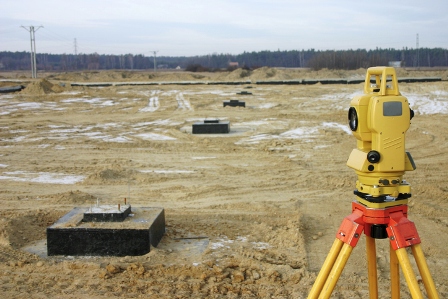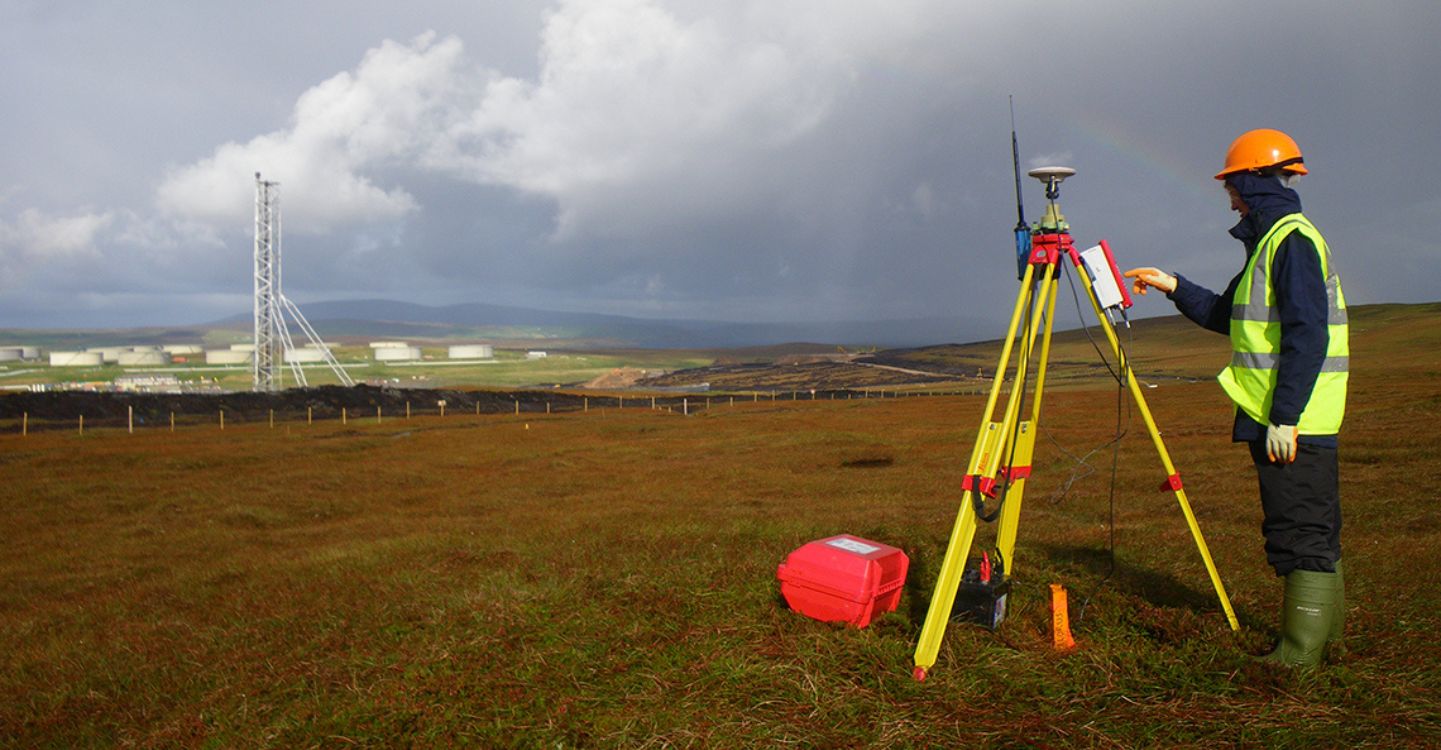What You Need to Know About Engineering Surveys for Your Next Project
What You Need to Know About Engineering Surveys for Your Next Project
Blog Article
Important Tools and Techniques in Setting Out Engineering
The discipline of establishing out engineering relies greatly on a suite of crucial tools and strategies that underpin the accuracy and efficiency of project implementation. What effects does this hold for future engineering practices?
The Significance of Accurate Dimensions

The significance of precise dimensions prolongs past mere conformity; they are integral to the general efficiency of engineering procedures. Inaccuracies can result in worldly waste, task delays, and boosted labor costs, eventually impacting the task's profits. Additionally, accurate dimensions boost the quality of the final item, guaranteeing that it does as planned and meets the expectations of stakeholders - setting out engineering.
Moreover, the significance of precise dimensions is noticeable in various design techniques, consisting of civil, mechanical, and electric design. Each field demands an unique method to measurement, yet the underlying requirement for accuracy stays consistent. As tasks end up being increasingly complicated, the reliance on exact measurements will just heighten, highlighting the requirement for constant advancements in measurement techniques and modern technologies. Therefore, promoting a society that focuses on accuracy is vital for the future of engineering.
Vital Tools for Establishing Out
Establishing out, a vital stage in the design and building process, depends heavily on certain tools that ensure precise area and positioning of frameworks. Among these devices, the property surveyor's degree stands apart, providing specific straight measurements crucial for establishing reference factors. This instrument makes it possible for designers to determine altitude changes and keep harmony throughout the project website.
The total station is one more essential device, integrating electronic distance dimension with angular dimension capabilities. This innovation enhances performance and accuracy in catching spatial data, permitting for effective website format and planning.
Additionally, the usage of gauging tapes and marking tools, such as chalk lines or risks, is basic for temporarily noting boundaries and crucial points on the website. These basic devices, though straightforward, are crucial for guaranteeing clear communication amongst the building and construction team regarding project specifications.
Last but not least, general practitioner technology has gained traction in laying out procedures, giving real-time placing information and substantially boosting precision over standard techniques. Jointly, these vital tools create the foundation of reliable laying out techniques, inevitably adding to the successful implementation of engineering and building jobs.
Advanced Surveying Techniques
Advanced surveying methods play a critical role in enhancing the accuracy and efficiency of design tasks. These methods incorporate a range of methods that supply precise data for layout and construction. Conventional methods, such as progressing and triangulation, have evolved into much more sophisticated strategies, consisting of Overall Terminal surveys and International Navigation Satellite Equipment (GNSS)
Complete Terminal gadgets incorporate electronic theodolites with distance measurement capacities, allowing surveyors to accumulate accurate place information with wonderful speed. This technology significantly reduces mistakes associated with hands-on measurements and supplies real-time data handling. Moreover, GNSS offers unrivaled precision for massive tasks by using satellite signals to establish specific positioning, which is necessary for guaranteeing and aligning frameworks conformity with layout requirements.
In addition to these tools, advanced methods also incorporate geospatial evaluation and 3D modeling. These techniques make it possible for engineers to imagine surface and site conditions better, promoting far better decision-making during the planning phase. By utilizing these innovative evaluating methods, engineering projects can attain higher accuracy in Discover More format, decrease rework, and inevitably enhance overall project success.
Digital Technology in Engineering
The combination of electronic innovation has reinvented design techniques, boosting both performance and precision throughout numerous techniques. Tools such as Building Information Modeling (BIM) promote the visualization and administration of intricate jobs, enabling engineers to team up effortlessly and make informed choices. This modern technology allows the creation of comprehensive 3D models, which can be analyzed for helpful site architectural stability and efficiency before construction starts.

The application of synthetic knowledge and artificial intelligence in design procedures even more boosts anticipating upkeep and optimization of resources. These modern technologies allow the analysis of substantial information sets, leading to far better forecasting and boosted project outcomes. On the whole, digital technology is improving the design landscape, driving technology, and making certain that jobs are finished with higher performance and decreased threat. As the industry remains to progress, embracing these devices will certainly be vital for future success.
Ideal Practices for Application
When applying digital technology in design, it is crucial to develop a strategic method that lines up with task objectives and business abilities. A detailed assessment of existing workflows and innovation framework is necessary to determine voids and possibilities for improvement. have a peek at this site Involving stakeholders early in the process promotes partnership and makes sure that the innovation meets customer demands.

Project supervisors must take on an iterative application strategy, enabling modifications based upon real-time comments and performance analyses. This agile approach not only reduces dangers yet also advertises continuous improvement by incorporating lessons found out.
Conclusion
Finally, the integration of vital devices and progressed techniques in setting out design is vital for ensuring accuracy in dimensions and effective task implementation. Utilizing instruments such as land surveyor's degrees, complete terminals, and GPS innovation, together with contemporary checking techniques, enhances precision and lowers the chance of mistakes. Taking on finest practices in implementation further enhances these procedures, eventually promoting improved task results in the design and building and construction markets.
The self-control of establishing out design depends greatly on a suite of important devices and methods that underpin the precision and effectiveness of job execution.Furthermore, the relevance of precise dimensions is obvious in various design self-controls, including civil, mechanical, and electrical design. By utilizing these innovative evaluating methods, engineering tasks can accomplish better precision in format, lower rework, and eventually enhance general project success.
Generally, digital modern technology is improving the engineering landscape, driving advancement, and making sure that tasks are completed with greater performance and reduced danger (setting out engineering).In verdict, the combination of necessary devices and advanced methods in establishing out engineering is important for ensuring precision in dimensions and successful project implementation
Report this page